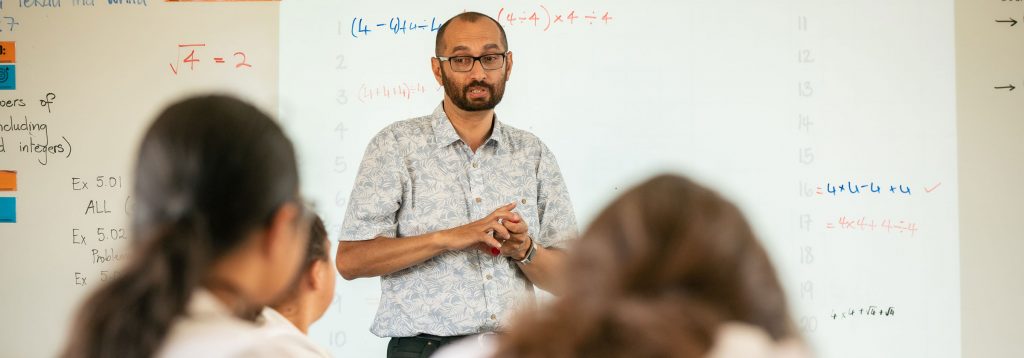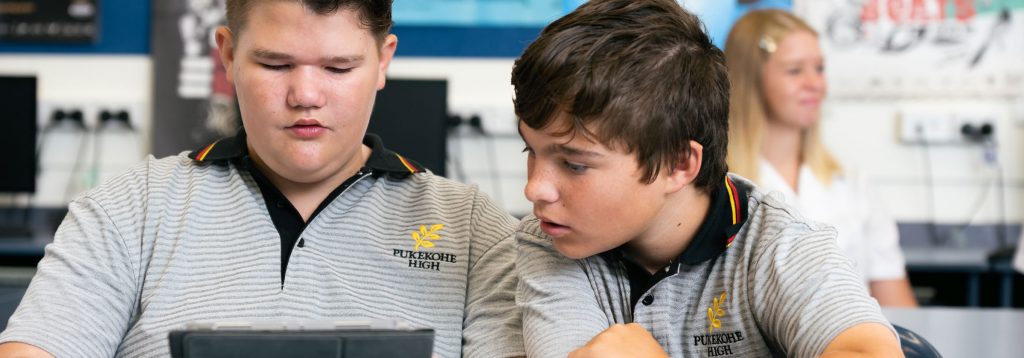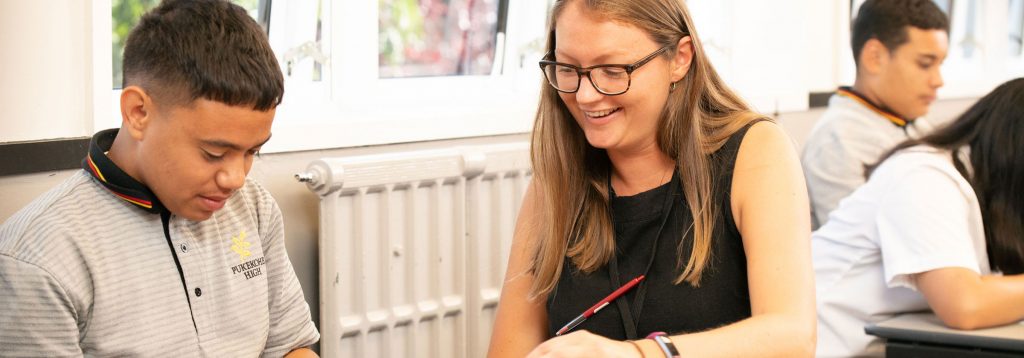
Science
Maa te whakaaro nui e hanga te whare;
maa te maatauranga e whakauu.
Science is a way of investigating, understanding, and explaining our natural, physical world and the wider universe. It involves generating and testing ideas, gathering evidence – including by making observations, carrying out investigations and modelling, and communicating and debating with others – in order to develop scientific knowledge, understanding, and explanations.
About Science
Possible Future Pathways
Biology:
Medicine, nursing technician, technologist, marine biologist, zoologist, veterinarian/vet nurse.
Chemistry:
Pharmacist, bio-chemist, industrial chemist, forensic scientist.
Physics:
Engineer, pilot, medicine, physicist, meteorology, geophysics, astronomy, medical radiation technician
Horticulture:
Tree surgeon, nursery production manager, packhouse supervisor, orchard grower.
Why study science?
Science is able to inform problem solving and decision making in many areas of life. Many of the major challenges and opportunities that confront our world need to be approached from a scientific perspective, taking into account social and ethical considerations.
By studying science, students:
- develop an understanding of the world, built on current scientific theories
- learn that science involves particular processes and ways of developing and organising knowledge and that these continue to evolve
- use their current scientific knowledge and skills for problem solving and developing further knowledge
- use scientific knowledge and skills to make informed decisions about the communication, application, and implications of science as these relate to their own lives and cultures and to the sustainability of the environment.
How is the learning area structured?
The fundamental aims of science education are expressed as a series of achievement aims, grouped by strand. (For these, see Science curriculum achievement objectives) The achievement objectives at each level are derived from the aims and are similarly grouped by strand.
The nature of science strand is the overarching, unifying strand. Through it, students learn what science is and how scientists work. They develop the skills, attitudes, and values to build a foundation for understanding the world. They come to appreciate that while scientific knowledge is durable, it is also constantly re-evaluated in the light of new evidence. They learn how scientists carry out investigations, and they come to see science as a socially valuable knowledge system. They learn how science ideas are communicated and to make links between scientific knowledge and everyday decisions and actions. These outcomes are pursued through the following major contexts in which scientific knowledge has developed and continues to develop.
The living world strand is about living things and how they interact with each other and the environment. Students develop an understanding of the diversity of life and life processes, of where and how life has evolved, of evolution as the link between life processes and ecology, and of the impact of humans on all forms of life. As a result, they are able to make more informed decisions about significant biological issues. The emphasis is on the biology of New Zealand, including the sustainability of New Zealand’s unique fauna and flora and distinctive ecosystems.
The planet earth and beyond strand is about the interconnecting systems and processes of the Earth, the other parts of the solar system, and the universe beyond. Students learn that Earth’s subsystems of geosphere (land), hydrosphere (water), atmosphere (air), and biosphere (life) are interdependent and that all are important. They come to appreciate that humans can affect this interdependence in both positive and negative ways.
Students also learn that Earth provides all the resources required to sustain life except energy from the Sun, and that, as humans, we act as guardians of these finite resources. This means knowing and understanding the numerous interactions of Earth’s four systems with the solar system. Students can then confront the issues facing our planet and make informed decisions about the protection and wise use of Earth’s resources.
The physical world strand provides explanations for a wide range of physical phenomena, including light, sound, heat, electricity, magnetism, waves, forces, and motion, united by the concept of energy, which is transformed from one form to another without loss. By studying physics, students gain an understanding of interactions between parts of the physical world and of the ways in which they can be represented. Knowing about physics enables people to understand a wide range of contemporary issues and challenges and potential technological solutions.
The material world strand involves the study of matter and the changes it undergoes. In their study of chemistry, students develop understandings of the composition and properties of matter, the changes it undergoes, and the energy involved. They use their understanding of the fundamental properties of chemistry to make sense of the world around them. They learn to interpret their observations by considering the properties and behaviour of atoms, molecules, and ions. They learn to communicate their understandings, using the symbols and conventions of chemistry. Using their knowledge of chemistry, they are better able to understand science-related challenges, such as environmental sustainability and the development of new materials, pharmaceuticals, and sources of energy.
The core strand, Nature of Science, is required learning for all students up to year 10. The other strands provide contexts for learning. Over the course of years 1–10, science programmes should include learning in all four context strands.
Students in years 11–13 are able to specialise in one or more science disciplines, depending on the choices offered in their schools. The achievement objectives in the context strands provide for strand-based specialisations, but a wider range of programmes is possible; for example, schools may offer programmes in biochemistry, education for sustainability, agriculture, horticulture, human biology, or electronics.



